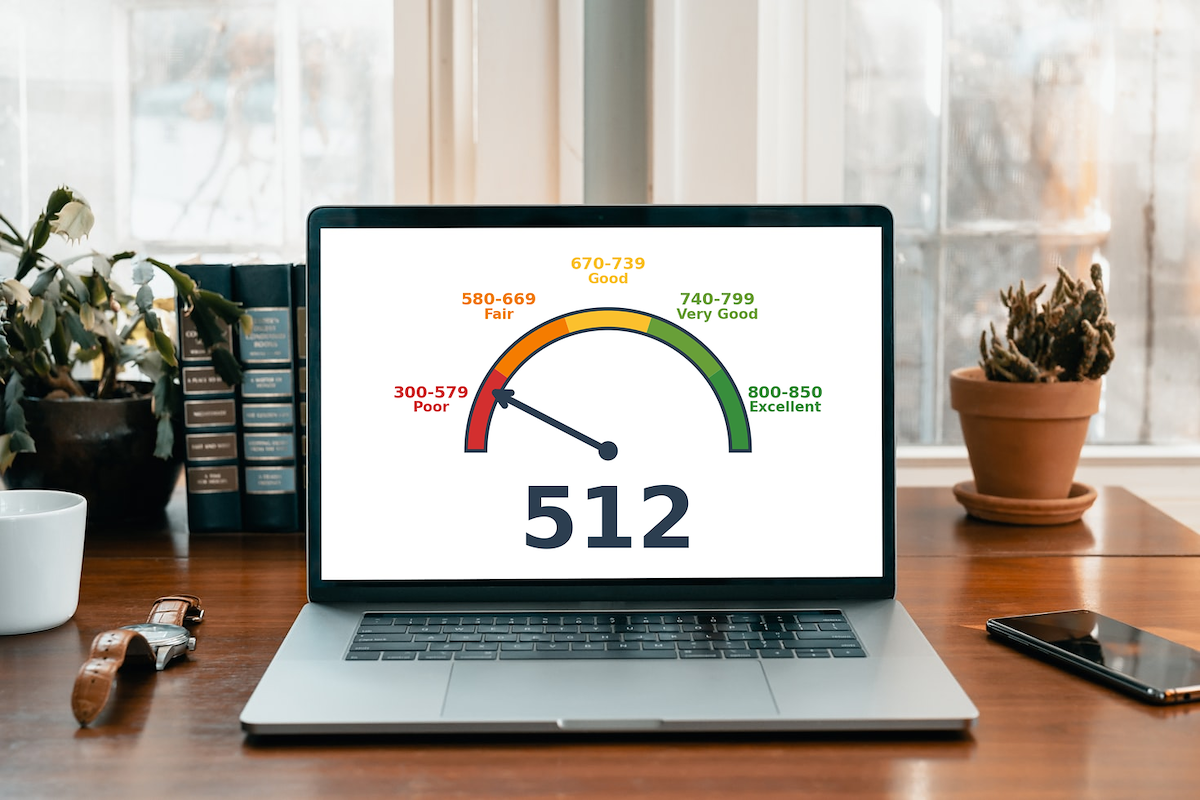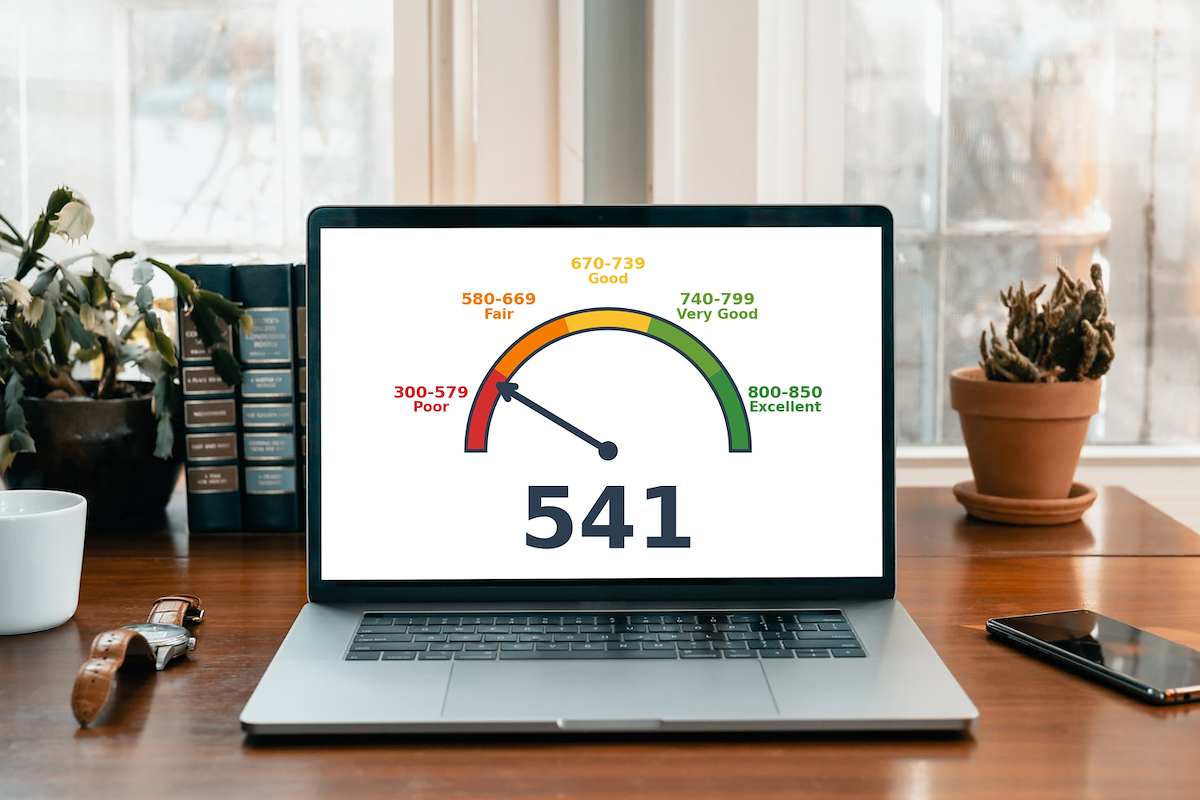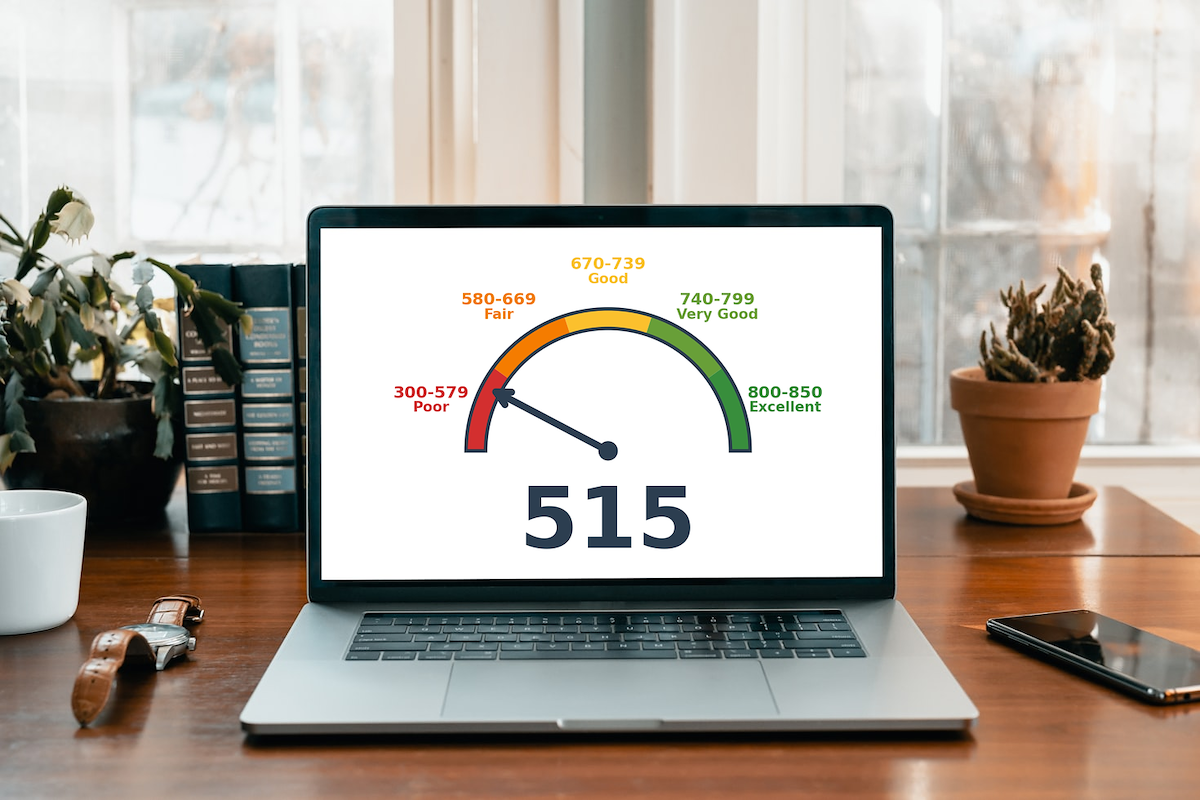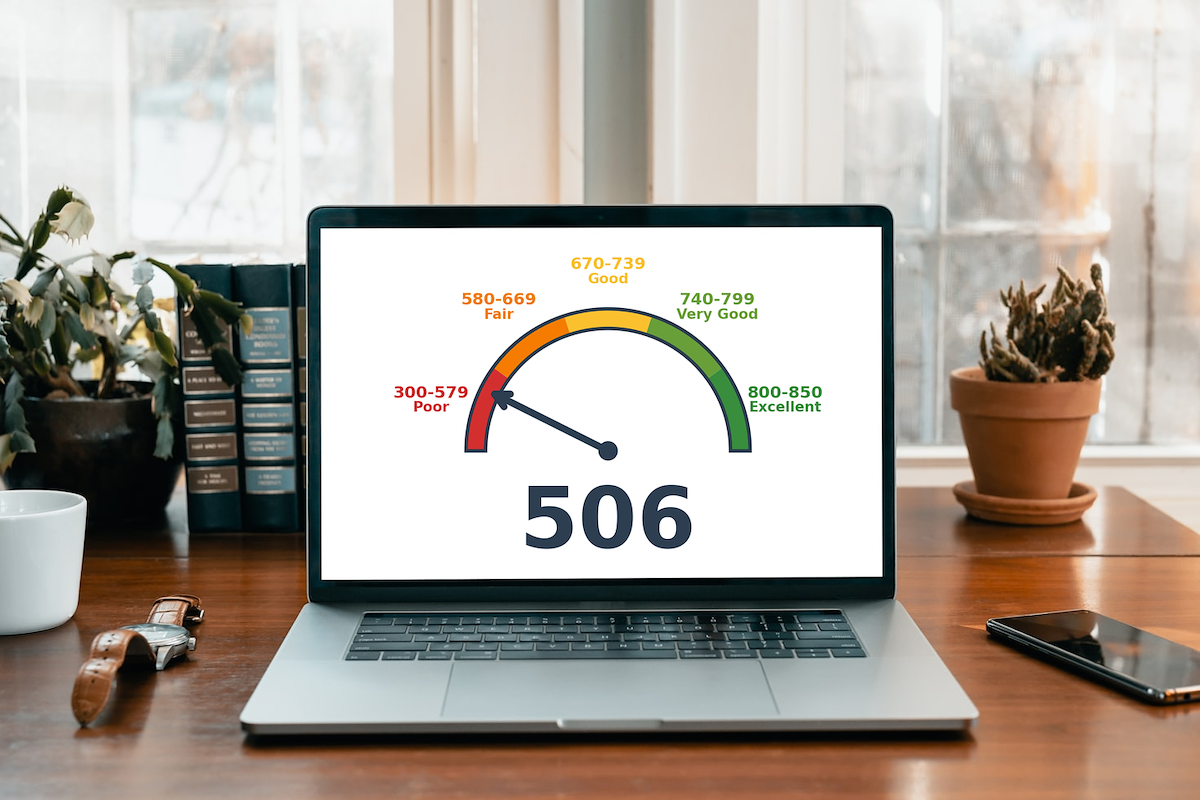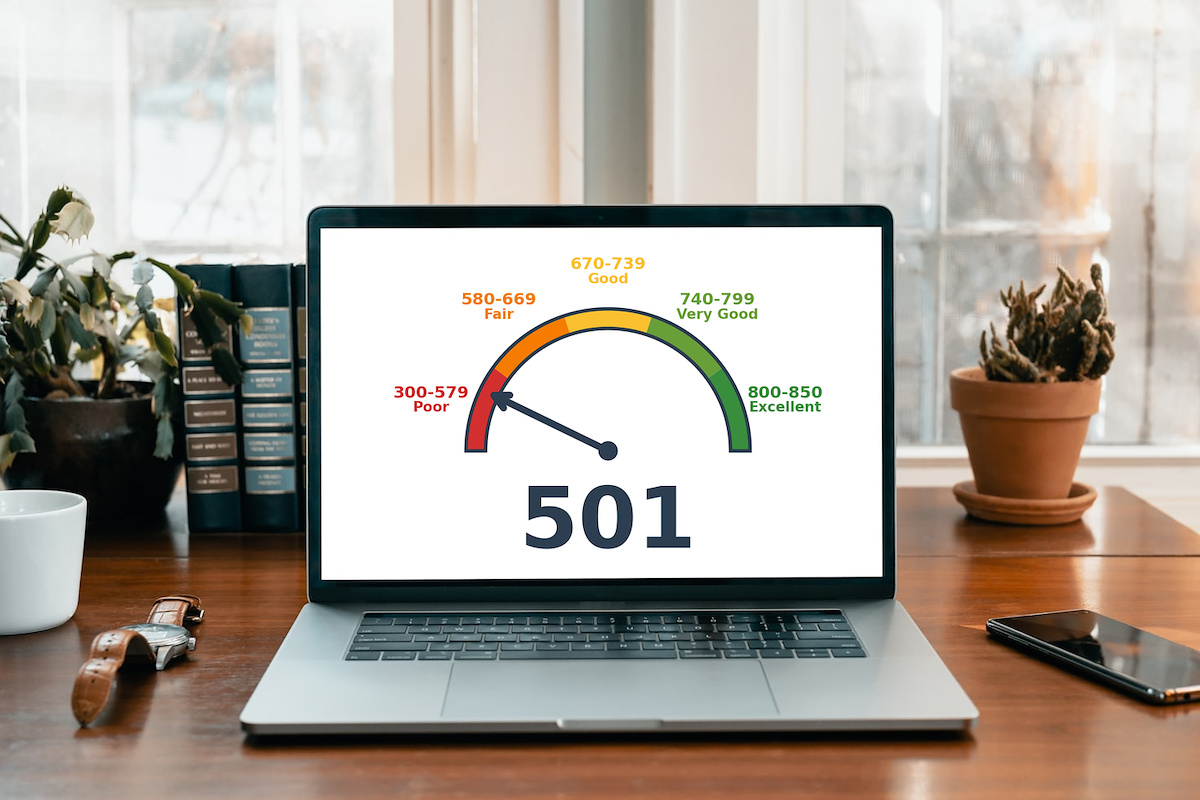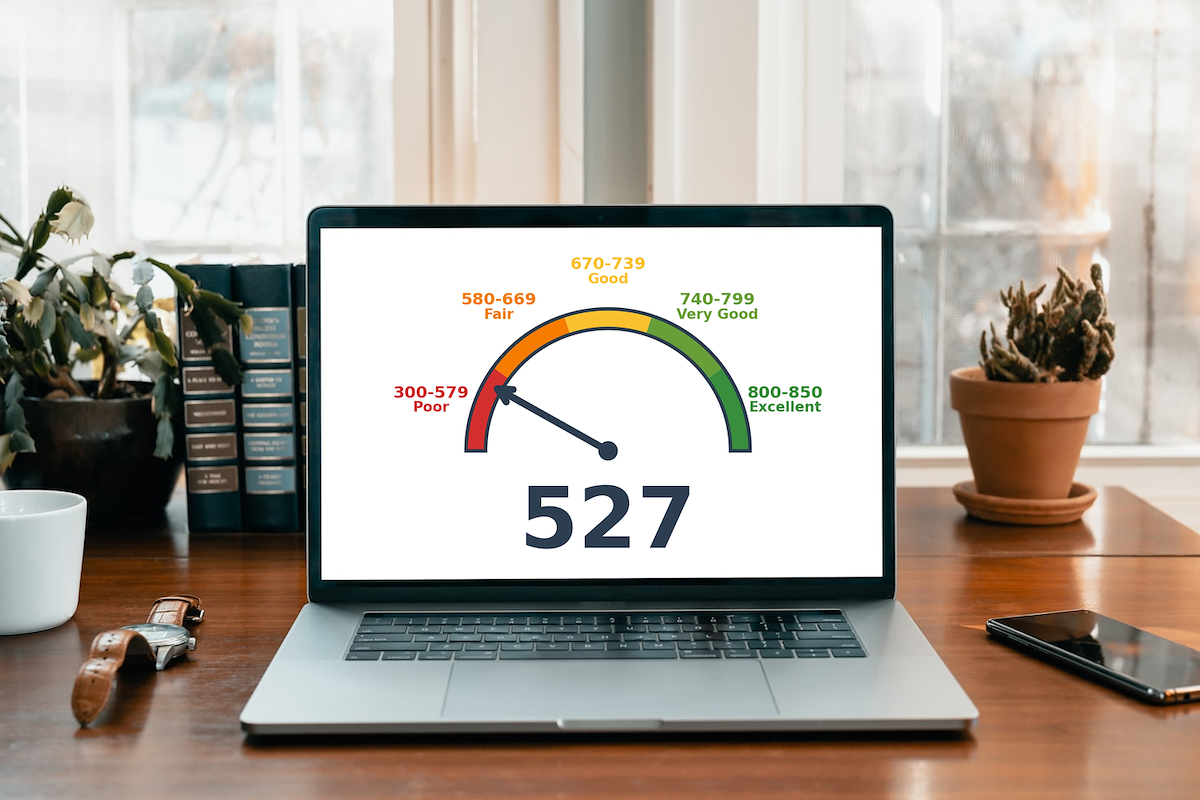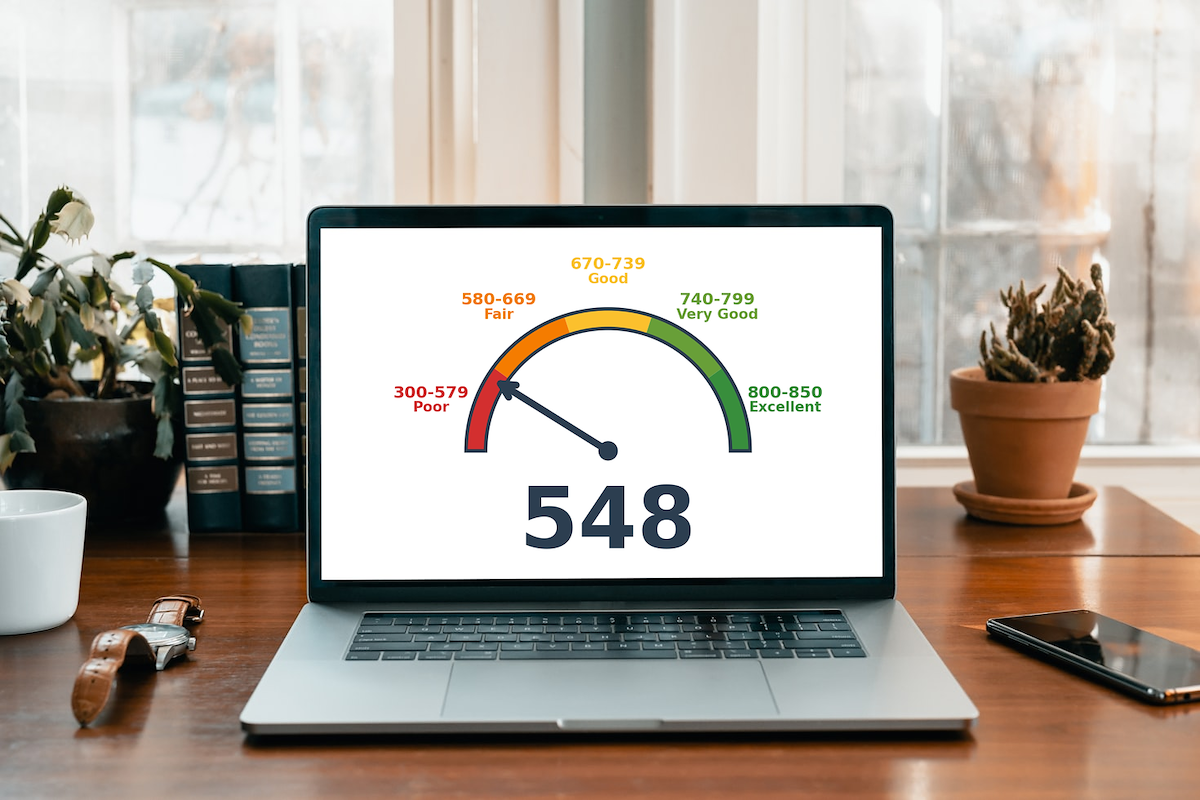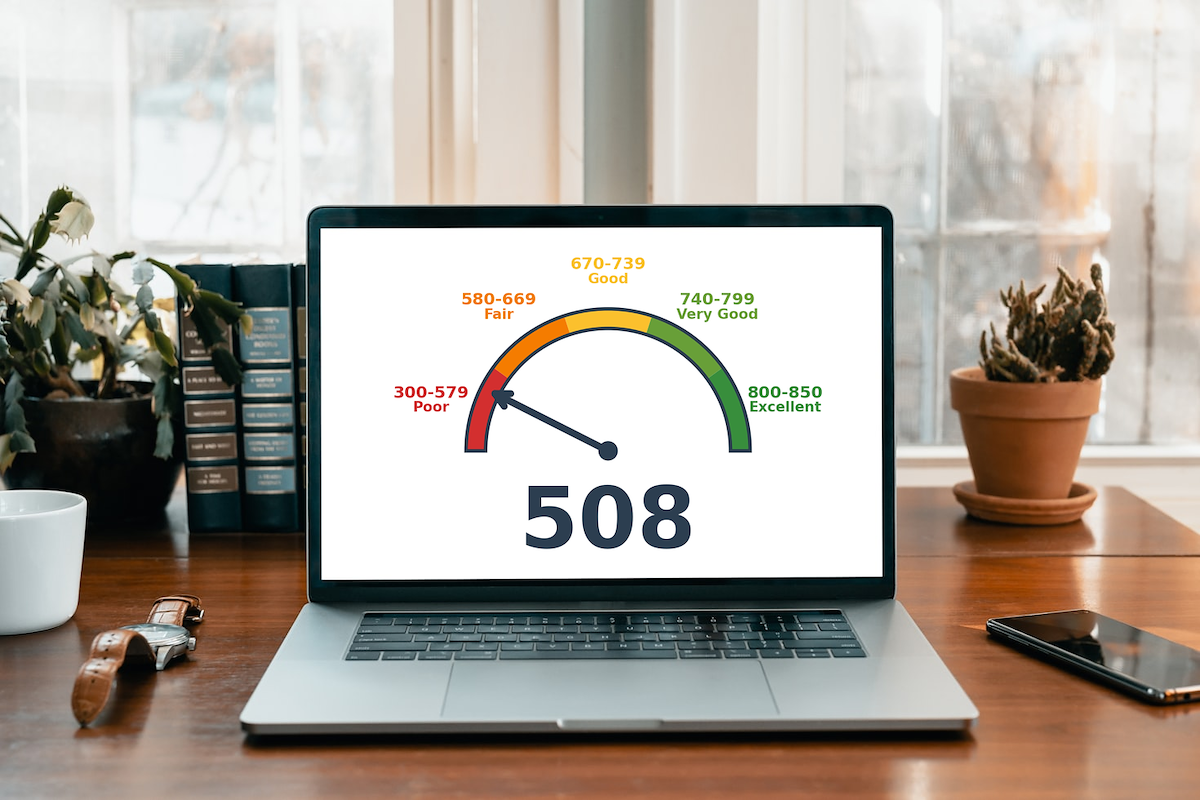
Kudos has partnered with CardRatings and Red Ventures for our coverage of credit card products. Kudos, CardRatings, and Red Ventures may receive a commission from card issuers. Kudos may receive commission from card issuers. Some of the card offers that appear on Kudos are from advertisers and may impact how and where card products appear on the site. Kudos tries to include as many card companies and offers as we are aware of, including offers from issuers that don't pay us, but we may not cover all card companies or all available card offers. You don't have to use our links, but we're grateful when you do!
503 Credit score: What You Need to Know in 2025
July 1, 2025

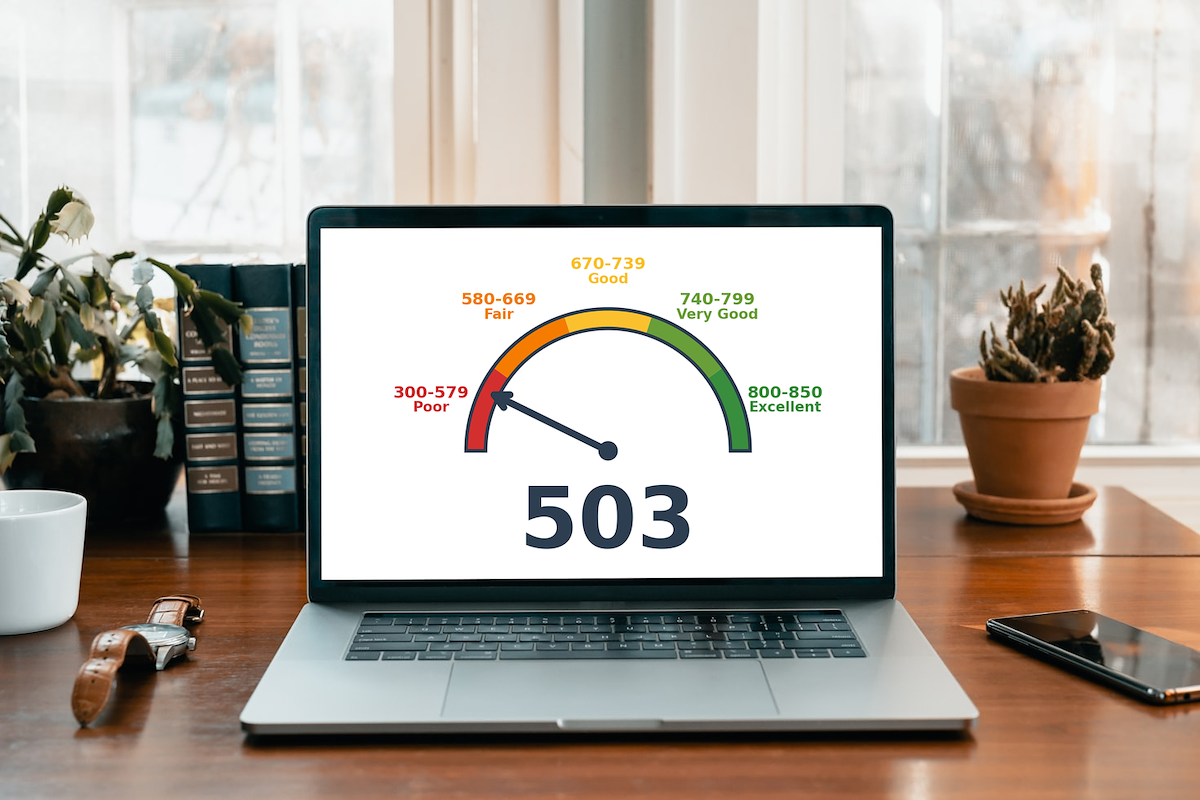
TL;DR
A 503 credit score provides a significant opportunity for financial growth, though it is considered below the average range. This score falls squarely into the 'Poor' category on the FICO scale, establishing a clear baseline from which you can begin to build a stronger credit profile.
What Does a 503 Credit Score Mean?
A 503 credit score places you squarely in the "poor" range of the FICO scoring model, which spans from 300 to 850. Lenders view this score as an indicator of high risk, meaning you'll likely face significant hurdles when applying for new lines of credit. Securing a mortgage, auto loan, or even a basic credit card can be difficult. If you are approved, expect to encounter steep interest rates and less-than-ideal terms, which can make borrowing substantially more expensive.
However, a 503 score is not a permanent financial sentence. It's a starting point from which you can build. While the path forward requires dedication, improving your credit is an achievable goal that can unlock better financial opportunities and more favorable terms down the road.
Who Has a 503 Credit Score?
While age isn't a direct factor in calculating your credit score, there's a clear trend showing that scores tend to improve over time. According to 2023 Experian data, here's how average FICO scores break down by generation:
- Generation Z (ages 18-26): 680
- Millennials (ages 27-42): 690
- Generation X (ages 43-58): 709
- Baby Boomers (ages 59-77): 745
- The Silent Generation (ages 78+): 760
Credit Cards With a 503 Credit Score
A credit score of 503 falls into the "poor" range, which can significantly hinder your ability to qualify for traditional credit cards. Most lenders view this score as a high risk, meaning you're likely to face rejections for standard unsecured cards that offer rewards or low interest rates. Your options will probably be limited to products designed for building credit, such as secured credit cards or unsecured cards with high fees and interest rates.
Kudos can help you find the right card through its Explore Tool, which generates personalized recommendations based on your financial preferences. The platform also offers features that provide clarity on how applying for a new card may impact your credit, ensuring you can find an option that fits your unique financial situation.
Auto Loans and a 503 Credit Score
A 503 credit score places you in the subprime category, which can make securing an auto loan more challenging. Lenders view this score as high-risk, often resulting in significantly higher auto loan interest rates compared to borrowers with better credit.
- Super-prime (781-850): 5.25% for new cars and 7.13% for used cars
- Prime (661-780): 6.87% for new cars and 9.36% for used cars
- Non-prime (601-660): 9.83% for new cars and 13.92% for used cars
- Subprime (501-600): 13.18% for new cars and 18.86% for used cars
- Deep subprime (300-500): 15.77% for new cars and 21.55% for used cars
Mortgages at a 503 Credit Score
With a 503 credit score, your mortgage options are very limited. Your primary path to homeownership is an FHA loan, which, according to mortgage guidelines, requires a 10% down payment for scores under 580. Most other loans, like conventional or VA, are generally out of reach, as lenders typically require a score of at least 620.
This score also significantly impacts your loan terms. Expect much higher interest rates and fees, including mandatory mortgage insurance on an FHA loan. Lenders will scrutinize your finances through manual underwriting and may limit how much you can borrow, making your mortgage substantially more expensive over its lifetime.
What's in a Credit Score?
Figuring out what goes into your credit score can feel like trying to solve a complex puzzle, but it's primarily based on a handful of key financial habits. The most common factors include:
- Your payment history tracks whether you have paid past credit accounts on time.
- Credit utilization is the percentage of your available credit that you are currently using.
- The length of your credit history considers the age of your oldest account and the average age of all your accounts.
- Having a healthy mix of credit types, such as credit cards and installment loans, can positively impact your score.
- Recent credit inquiries and newly opened accounts can temporarily lower your score.
How to Improve Your 503 Credit Score
Improving your credit score is always possible, though it requires time and consistent effort. Whether you're aiming to boost your FICO® or VantageScore, there are proven methods to improve your creditworthiness and build a healthier financial profile.
- Monitor your credit reports regularly. This allows you to spot and dispute any inaccuracies or signs of identity theft that could be dragging down your score. Regularly checking your reports also helps you track your progress as you work to build better credit habits.
- Establish automatic bill payments. Since payment history is the single most important factor in your credit score, ensuring every bill is paid on time is critical. Setting up automatic payments prevents missed or late payments, which are likely contributors to a 503 score.
- Reduce your credit utilization ratio. This ratio is the second most important factor in your score, and keeping it below 30% is ideal. Paying down balances demonstrates responsible credit management to lenders and can significantly improve a low score.
- Apply for a secured credit card. If you have trouble getting approved for traditional credit, a secured card is an excellent tool for rebuilding. Your on-time payments are reported to the credit bureaus, allowing you to establish a positive payment history.
Using a tool like the Kudos AI-powered browser extension can help you maximize rewards while you focus on building your credit.

Supercharge Your Credit Cards
Experience smarter spending with Kudos and unlock more from your credit cards. Earn $20.00 when you sign up for Kudos with "GET20" and make an eligible Kudos Boost purchase.
Editorial Disclosure: Opinions expressed here are those of Kudos alone, not those of any bank, credit card issuer, hotel, airline, or other entity. This content has not been reviewed, approved or otherwise endorsed by any of the entities included within the post.


















